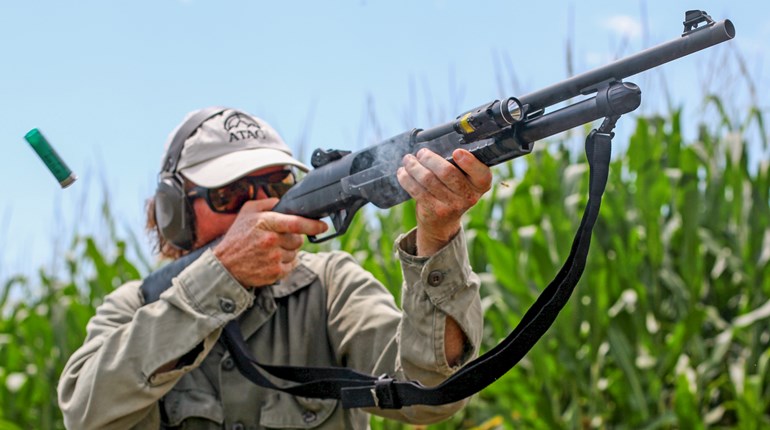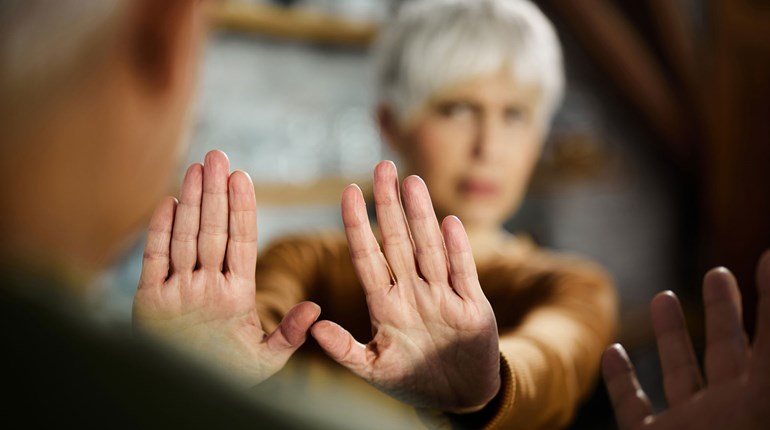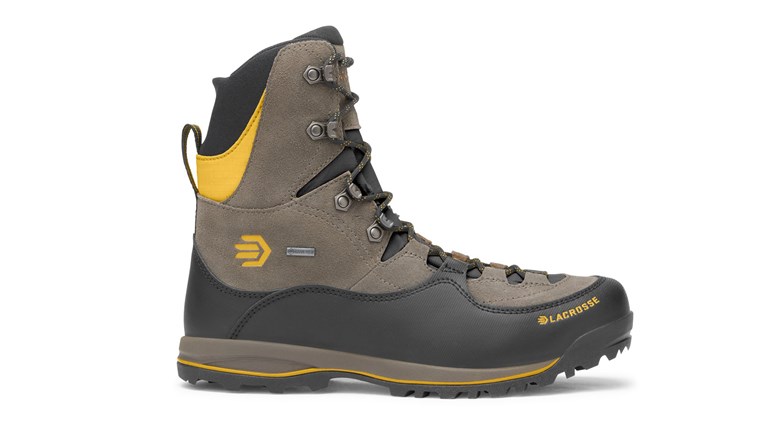
In the off chance you have to protect yourself from gunfire while in your home, you need to be aware of what can be used as cover and what is just concealment. Cover, as it applies to bullets, depends a great deal on the bullet. Things that will protect you from a .45 ACP bullet might be of no use at all if someone is shooting at you with a .223 Rem.
Cover is a relative thing, concealment is not. Cover protects you, concealment hides you. Bulletproof glass can be cover, but it is not concealment if you can see through it. A standard interior door can be concealment but it is poor cover unless you are trying to hide from your son armed with a paintball gun. You can hide behind a lot of things that will not protect you from any type firearm.
The most common firearms used by bad guys are probably handguns. The type of handgun being used and even more importantly, the ammo loaded therein, are the determining factors with regard to the ability of your cover to protect you. For example, of all the common handgun cartridges, 9 mm FMJ is one of the hardest bullets to stop.
I watched a TV show not too long ago where two gun-savvy gentlemen were shooting a refrigerator with various firearms. The point of their fun was to show that a refrigerator would fail to stop many bullets. That's true, at least with an empty fridge, but few being used in a home are empty. A gallon of milk or other containers filled with liquid help a fridge to slow down bullets. And, bullets that do exit the other side will have little energy left. It may not stop all bullets, but as far as cover in your home goes, it's better than your couch.
The hardest thing in your home for a bullet to shoot through—that you might actually get behind—is a hot-water tank. Bullets do not penetrate water very well because water makes them expand. The steel, insulation and water in a hot-water tank make it good cover—until the water runs out through the bullet holes.
In movies you often see the hero throw up a mattress to hide behind. In reality this is worthless when it comes to stopping bullets. So is common furniture. However, if you happen to have a real wood (I'm talking oak here) dinning room table you can flip on its side, that's a different story. It may not stop a handgun bullet, but it will drastically slow any hollow-point from common defensive handgun cartridges. The same can be said for solid wood (oak), exterior-type doors.
Interior frame walls are great concealment, but useless cover. If you have to hide behind a wall, when possible hide at a corner as opposed to a wall that just divides a room. Use the wooden studs in the wall as multiple barriers to stop bullets. Three studs and some drywall will stop most handgun bullets and go a long way toward slowing down a rifle bullet.
A file cabinet or book case is a different story. About 4 inches of tightly packed paper will stop most handgun bullets and 8 inches, most rifle bullets. A solid-oak dresser or wardrobe full of clothes is pretty good at stopping handgun bullets, too.
If you are reading this, you are likely a gun guy, and if you are a gun guy you probably have a gun safe. If you don't, you should. A good quality gun safe, not these flimsy steel cabinets one man can carry. I'm talking about a real—you need your brother in law and a dolly to move—gun safe. That's what I would call serious cover, concealment and a place to hide those mushy poems you have been writing about flowers, butterflies, rainbows and warm spring days.




































